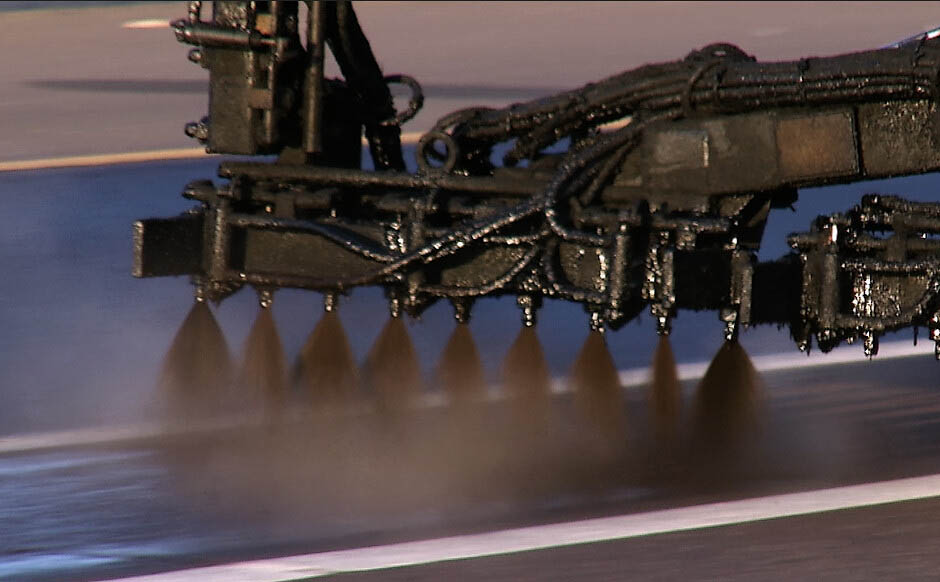Transportation Defined: Fog Seal
Transportation Defined: Fog Seal

What do the Loop 202 (Red Mountain, Santan and South Mountain freeways), State Route 347 north of Maricopa and Interstate 40 near Seligman all have in common?
The answer is they have all benefited recently from today's topic: fog sealing.
Fog sealing is a pavement preservation technique used to add life and extend the longevity of pavement. "Fog" just means a coat, which is how the treatment gets its name, according to Mohammed Elomeri, with ADOT's Central Engineering and Maintenance District.
A fog seal normally contains an emulsifying agent – or diluted asphalt – and a rejuvenator and is designed to seal narrow cracks and restore lost flexibility to the pavement surface, Elomeri said.
You can see the results from these photos taken on State Route 89A last year, and from fog seals done on Loop 101 (Agua Fria Freeway) in Glendale two years ago and many other stretches where fog sealing has been used to extend the life of pavement.
Doing regular pavement preservation such as a fog seal or a chip seal, which we mentioned in this blog from 2018, is an important part of maintaining highways. Mainly because it proves the old saying that an ounce of prevention is worth a pound of cure. It costs $3,000 per lane mile for a fog seal, while to mill down and replace the asphalt surface of the same mile would cost $300,000.
Transportation Defined is a series of explanatory blog posts designed to define the things you see on your everyday commute. Let us know if there's something you'd like to see explained ... leave a comment here on the blog or over on our Facebook page!
